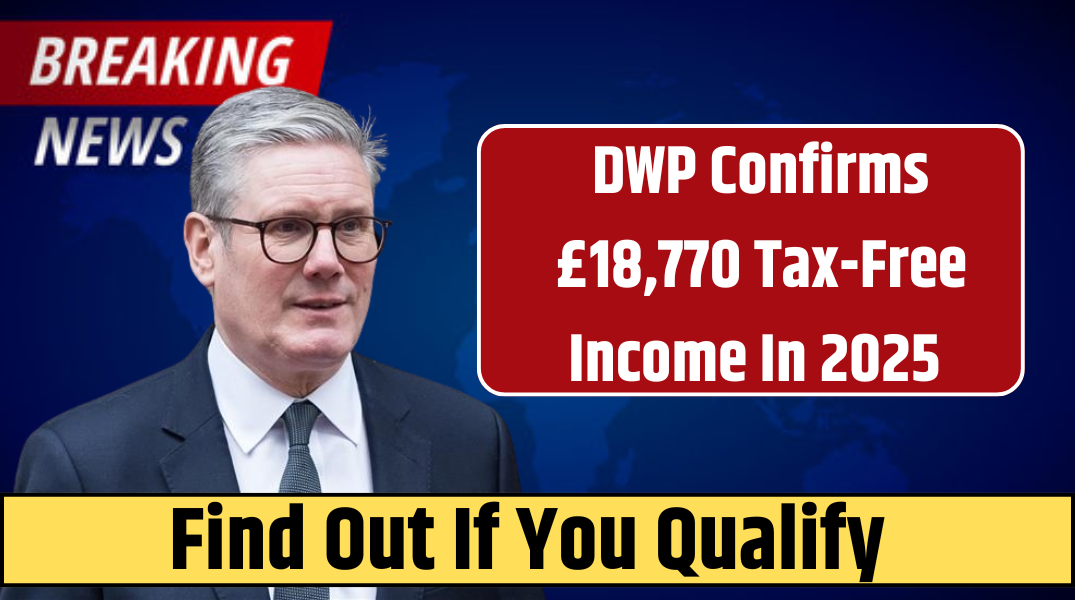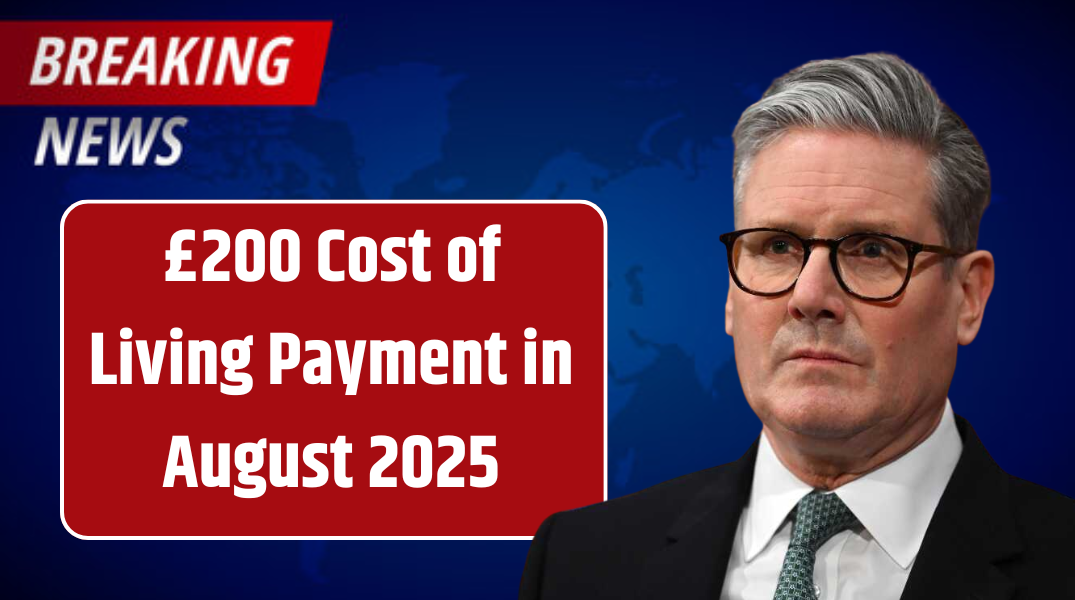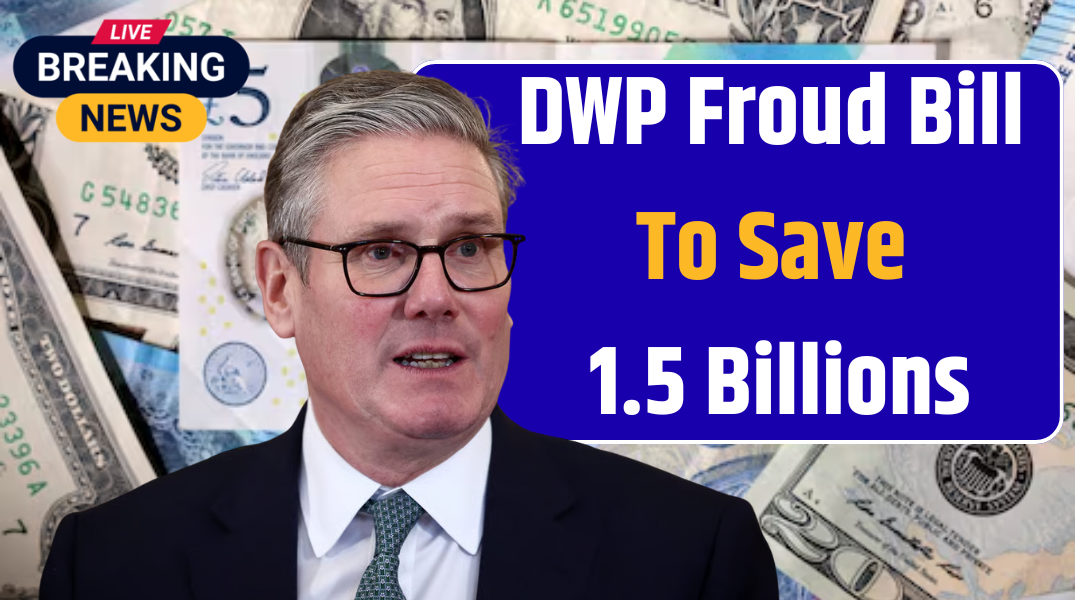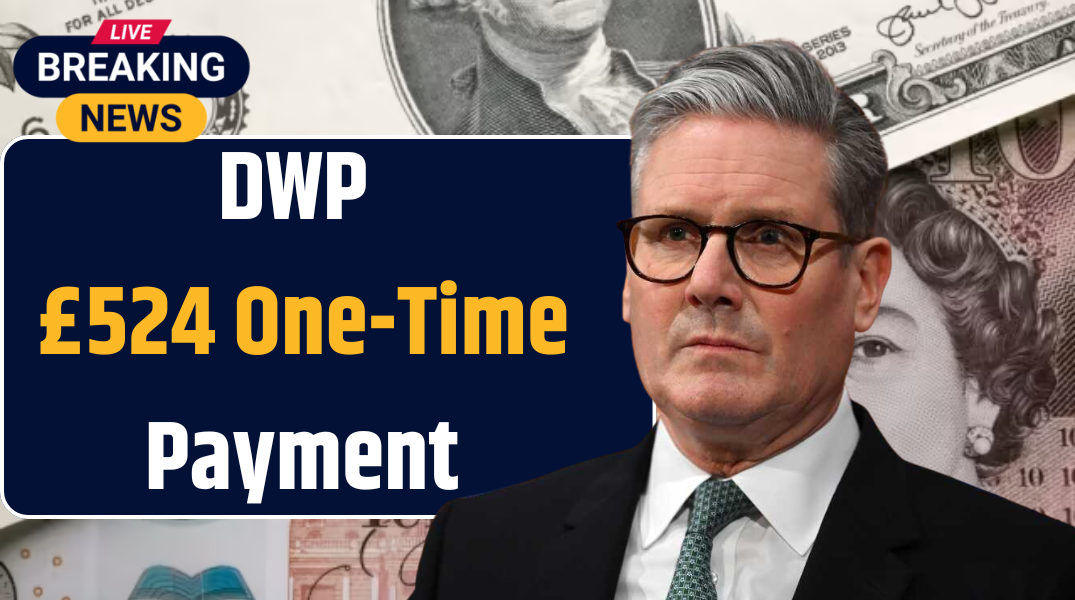Many UK residents are missing out on a major financial perk—legally earning up to £18,770 completely tax-free during the 2025/26 tax year. This isn’t a loophole or limited-time government scheme. It’s a combination of three existing tax allowances that work together to maximise your tax-free income. And the best part? No special applications are required.
What Is the £18,770 Tax-Free Limit?
The figure comes from stacking three key allowances available to most UK residents:
-
Personal Allowance – £12,570
-
Starting Rate for Savings – up to £5,000
-
Personal Savings Allowance (PSA) – £1,000
If your income and savings align properly, you can enjoy £18,770 in earnings and interest without paying a single penny in income tax.
How Each Allowance Works
| Allowance | Amount | Details |
|---|---|---|
| Personal Allowance | £12,570 | Automatically applied to income like wages, pensions, or rental income. |
| Starting Rate for Savings | Up to £5,000 | 0% tax on interest if your other income is £12,570 or less. |
| Personal Savings Allowance | £1,000 | Tax-free interest allowance for basic-rate taxpayers. |
Note: Higher-rate taxpayers only get £500 PSA, and additional-rate taxpayers receive none.
Real-Life Examples
-
Pensioner with £10,000 income + £2,000 savings interest
They qualify for the full £18,770 tax-free due to low income and interest earnings. -
Part-time worker earning £14,000 + £1,000 interest
Their income over the £12,570 limit reduces the savings starting rate, but they still enjoy substantial tax-free benefits.
Who Can Benefit?
This structure is especially useful for:
-
Pensioners with savings
-
Students with part-time jobs
-
Freelancers and side hustlers
-
Stay-at-home parents
-
Part-time or seasonal workers
If you’re in any of these groups, chances are you’re eligible to take advantage of this generous tax-free cap.
Extra Strategies to Boost Your Tax-Free Income
-
Open an ISA: Save up to £20,000 annually, completely tax-free, in addition to the £18,770 threshold.
-
Use the Marriage Allowance: If one partner earns less than the personal allowance, they can transfer part of it to the other.
-
Split income types: Strategically divide salary, dividends, and savings to make full use of each allowance.
-
Use tax tools: HMRC’s online tax checker ensures you’re on the right code and not overpaying.
FAQs
Q: What is the £18,770 tax-free allowance made up of?
A: It includes the Personal Allowance (£12,570), Starting Rate for Savings (up to £5,000), and the Personal Savings Allowance (£1,000).
Q: Do I need to apply for these allowances?
A: No. They are automatically applied—just ensure your income is correctly declared and your tax code is accurate.
Q: Can I use these allowances if I have multiple income sources?
A: Yes, but managing multiple income streams like freelance earnings, pensions, and interest may require careful planning—or advice from a tax professional.
Q: What happens if I earn over the limit?
A: You’ll only pay tax on the income above your total allowances.
Q: Is this the same as the ISA limit?
A: No, the ISA allowance is separate—currently £20,000. You can use both for maximum tax-free income.
Final Thoughts
The ability to earn £18,770 tax-free in 2025/26 is a well-kept secret that could significantly benefit millions of UK residents. If you fall into a low-to-middle income bracket and earn interest on savings, you could save hundreds each year by simply understanding how these allowances work.
Take the time to review your income structure, use your savings smartly, and ensure you’re not giving more to HMRC than you need to. You’ve earned your money—now keep more of it.




